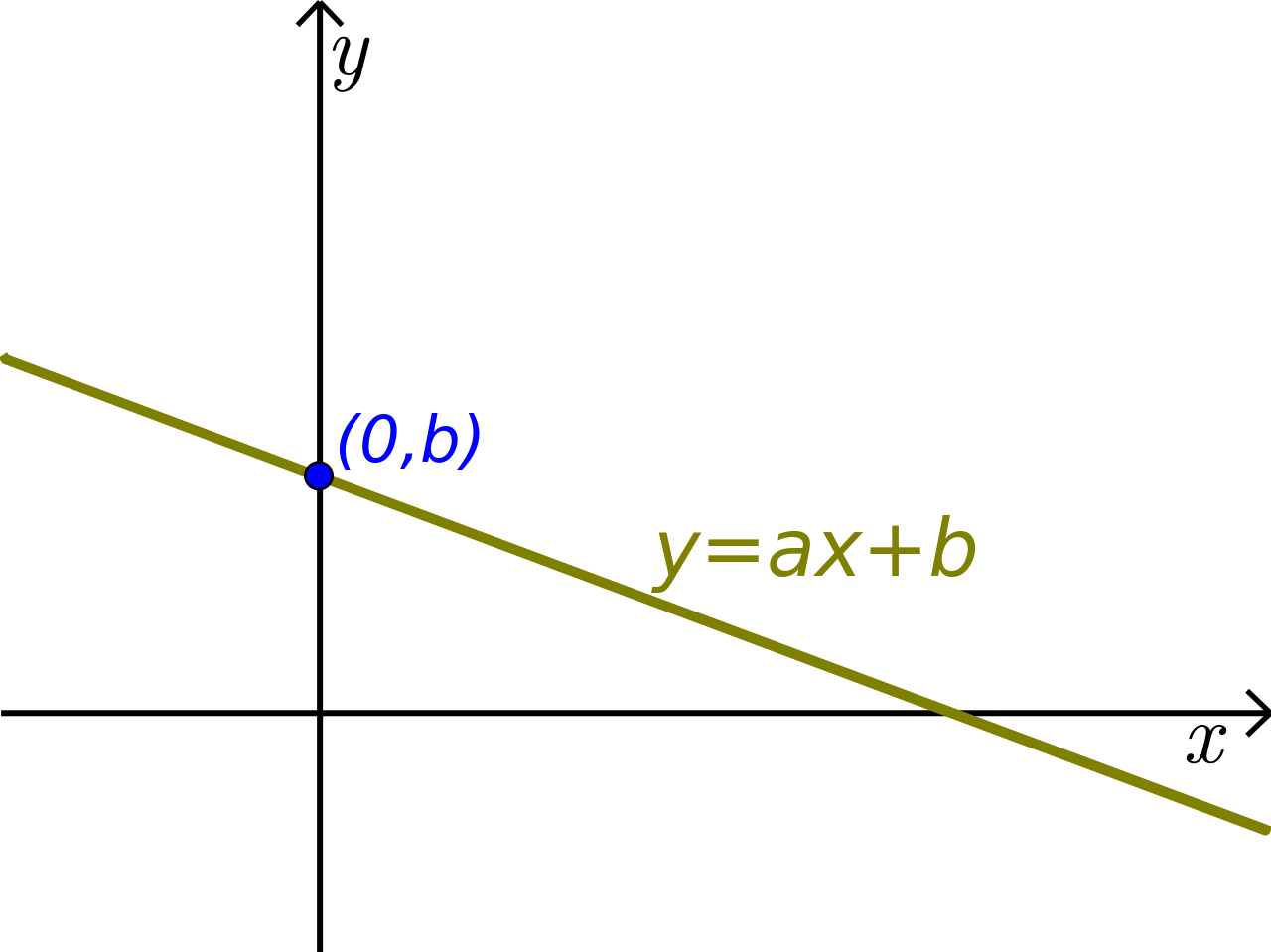Standard Form to Slope Intercept Form Calculator
Result:
Do you want to calculate the slope intercept form from the standard form? Our Standard Form to Slope Intercept Form calculator is the right tool for quickly converting the standard form to slope intercept form.
Have you ever looked at an equation like 3x + 2y = 12 and thought "What does this equation
mean?" or "How can I graph this?" Converting equations from standard form to slope-intercept form can
make them much easier to understand and work with.
What are slope-intercept and standard forms?
The slope-intercept form is a way to write a linear equation (a line) in the format:
y = mx + b. In this form:
- m represents the slope or steepness of the line
- x and y are the variable coordinates on the graph
- b is the y-intercept, which is where the line crosses the y-axis
For example, the equation y = 2x + 3 is in slope-intercept form. The slope is 2 and the
y-intercept is 3.
Standard form is a different way to write linear equations, in the format:
Ax + By = C. In this format:
- A and B are the coefficients (numeric values) of the x and y variables
- C is a constant value
The equation 3x + 2y = 12 is an example in standard form.
While both forms represent the same line, the slope-intercept form is often easier to visualize and graph. So it can be really useful to convert from standard to slope-intercept form.

How do I convert standard form to slope-intercept form?
Follow these steps to convert any linear equation from standard form (Ax + By = C) to
slope-intercept form (y = mx + b):
Step 1: Rearrange the equation to get y by itself on one side.
For example: 3x + 2y = 12 becomes 2y = -3x + 12
Step 2: Identify the coefficients of x and y.
In this example, the x coefficient is -3 and the y coefficient is 2.
Step 3: Determine the slope by dividing the x coefficient by the y
coefficient.
Slope = -3/2 = -1.5
Step 4: Determine the y-intercept by substituting x=0 into the
original equation and solving for y.
2y = -3(0) + 12
2y = 12
y = 6
So the y-intercept is 6.
Step 5: Write the equation in slope-intercept form:
y = mx + b
Plugging in m = -1.5 and b = 6, we get: y = -1.5x + 6
Let's go through one more example:
Convert the equation 5x - 3y = 15 to slope-intercept form.
Step 1: -3y = -5x + 15
Step 2: The x coefficient is -5, the y coefficient is -3
Step 3: Slope = -5/-3 = 5/3
Step 4: Substitute x=0: -3y = 15 -->
y = -5
So the y-intercept is -5
Step 5: Put it all together: y = (5/3)x - 5
How to Use Our Standard form to Slope Intercept form Calculator
Our tool can convert the equations for you. Here's how to use it:
- Input the coefficients for the x variable, y variable, and constant term from the original standard form equation.
- Click the calculate button.
- It will then calculate the slope using the x and y coefficients.
- Finally, it will determine the y-intercept by substituting x=0.
- The output will be the equation written in slope-intercept form.
For example, inputting the coefficients 3, 2, and 12 for the equation 3x + 2y = 12:
The calculator rearranges to: 2y = -3x + 12
It calculates the slope as -3/2 = -1.5
Substituting x=0 gives y-intercept = 6
The final equation is y = -1.5x + 6
Pretty cool, right? Having the equation in slope-intercept form makes graphing and understanding the line much simpler.
Other Similar Calculators
Check out other calculators that are similar to this one.
FAQ
What if there is no x or y term in the original equation?
If there is no x term, the slope is 0. If no y term, the slope is undefined. The calculator will alert
you.
Can I convert from slope-intercept to standard form?
Yes! The basic steps are:
1) Multiply both sides by the slope
2) Isolate the x term on one side
3) Move the constant to the other side
Why is slope-intercept form useful?
It clearly shows the slope and y-intercept, which are the most important traits for graphing and
understanding a line. Standard form is more difficult to interpret.
What if the equation has fractions or decimals?
No problem! The same steps work for any coefficients, including fractional or decimal values. The
calculator can handle these as well.
How do I graph an equation in slope-intercept form?
- Plot the y-intercept point by substituting x=0
- Use the slope to determine the rise/run
- Plot another point and connect to the y-intercept
Hopefully this page has helped you understand how to convert linear equations from standard form to the more user-friendly slope-intercept form. Being able to visualize and graph lines is a crucial skill in algebra and beyond. With enough practice converting between forms, graphing will become a breeze!
Find Calculator
Popular Calculators
Other Calculators
